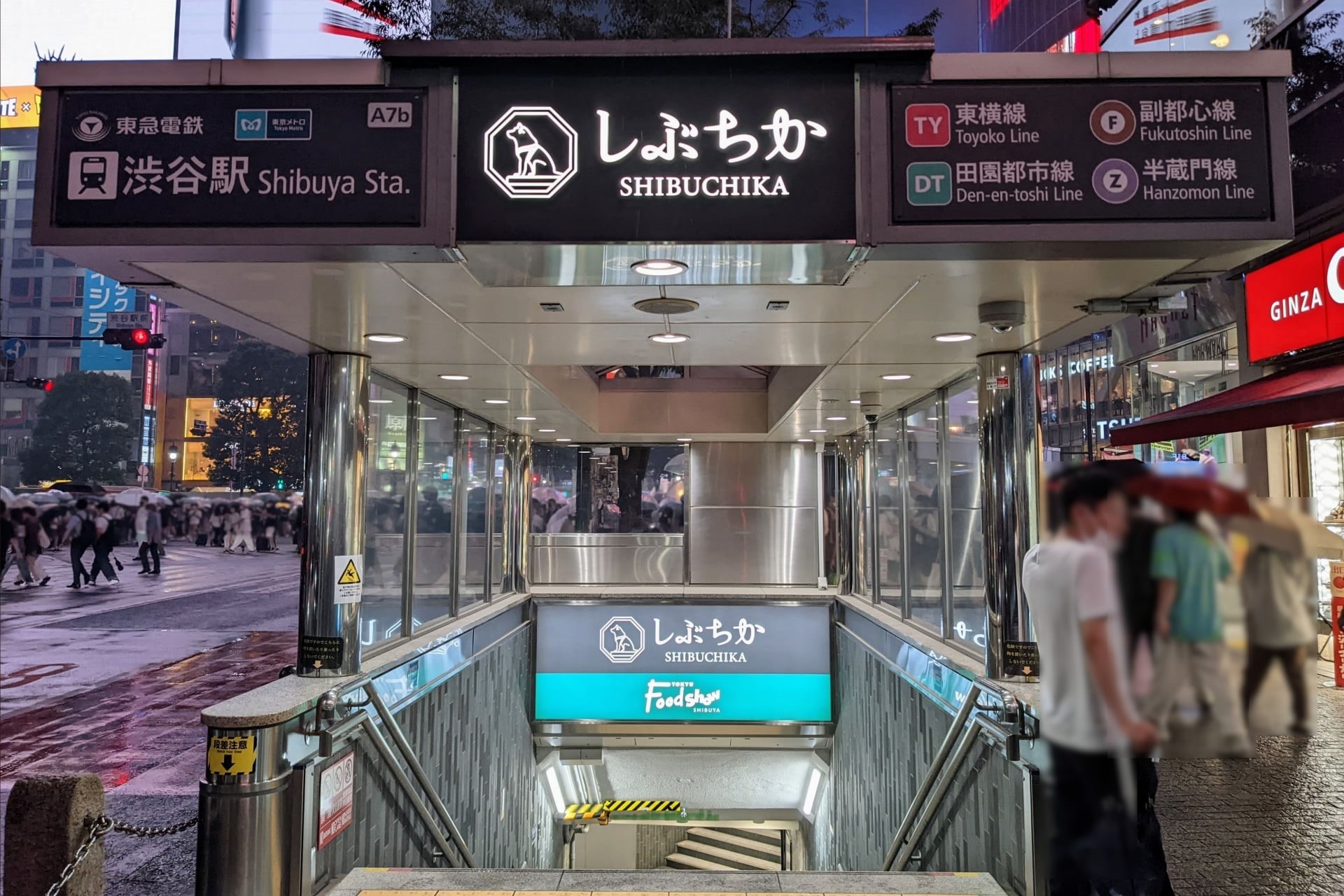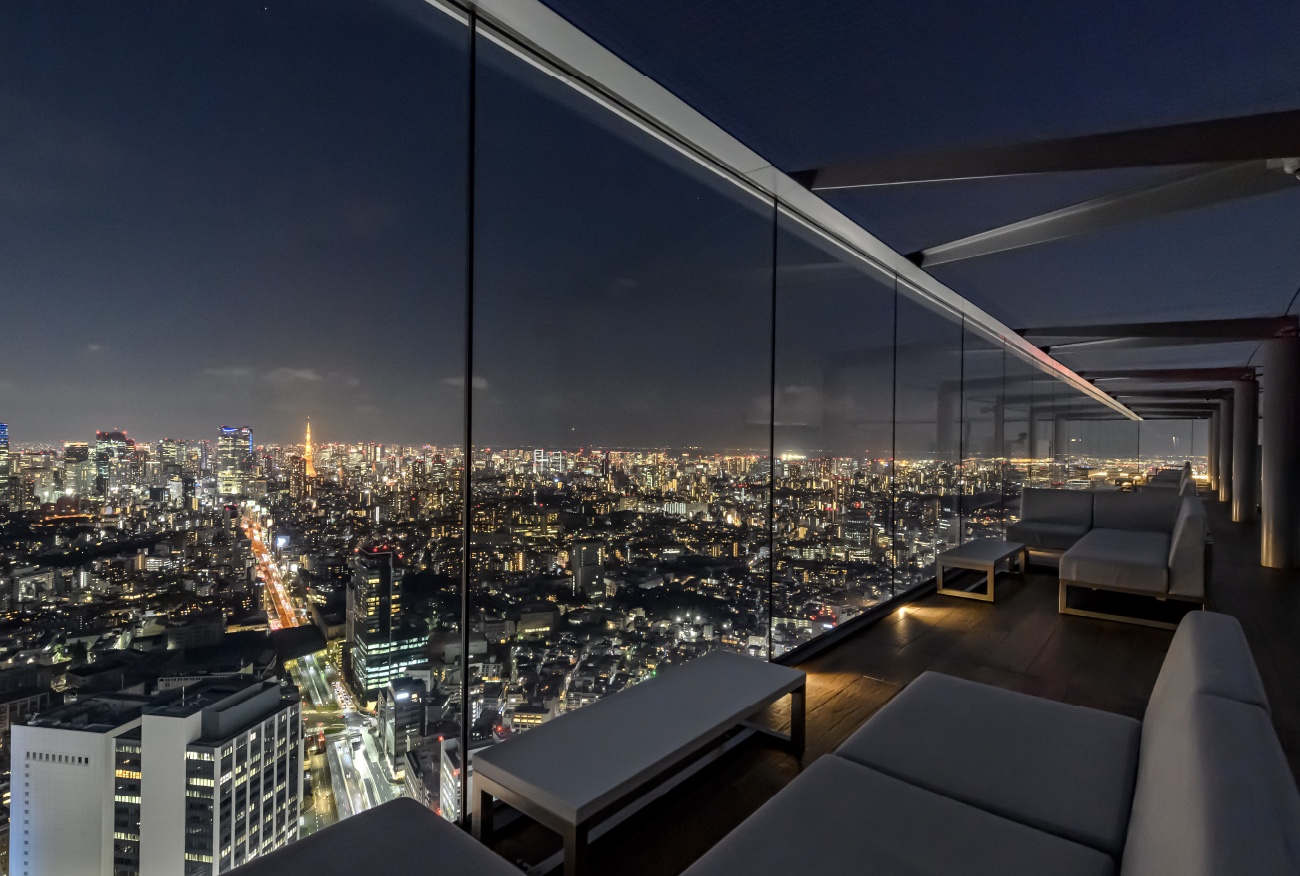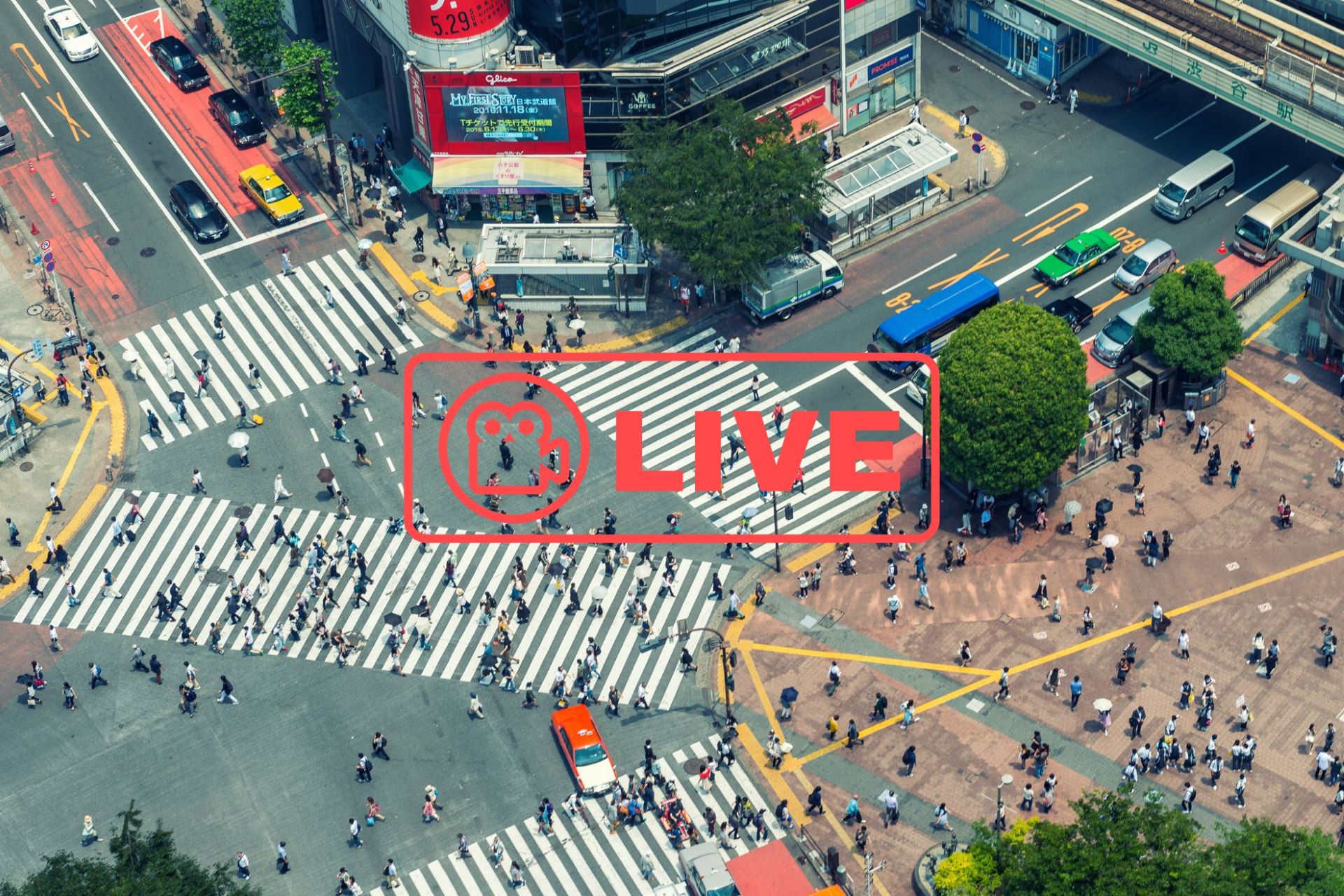Shibuya Crossing, the Most Famous Crossing in the World!
Shibuya Crossing: Tokyo’s Iconic Intersection

Depending on how you look at it, Shibuya Crossing could be considered an infrastructure disaster or an urban planning miracle. With hundreds of thousands of passersby a day in opposite directions, it’s absolutely incredible that serious collisions are not filling local headlines day after day. Instead, this controlled chaos has come to symbolize the dynamism of Japan’s largest metropolis where millions of people commute efficiently.
Often compared to NY’s Times Square or London’s Piccadilly Circus, few images are so instantly recognizable by anyone in the world who hasn’t spent decades isolated from mass media. Who would’ve thought that, innovative as it is, a mere pedestrian crossing in Shibuya would go on to become one of Tokyo’s hottest tourist attractions? But it’s easy to see why it’s consistently in the top must-see for everyone visiting Tokyo.
If you need a general overview of the Shibuya area, check out our All-in-One Guide to Shibuya!
*Please note that this article contains affiliate links.
Shibuya Scramble Crossing
What is Shibuya Scramble Crossing?

Imagine this: average estimates calculate around 1,000 pedestrians every time there is a green light (with even up to 3,000 individuals recorded at a given time), about 260,000 or 390,000 people a day (weekdays and weekends, respectively) and 1.5 million pedestrians a week.
If you don’t find these numbers mind-boggling enough, take into account these figures were calculated between 2012 and 2014, well before the current tourist boom so it’s safe to assume actual current numbers are even more impressive!
A brief history of Shibuya Crossing

The history of this iconic intersection is a reflection of Shibuya’s evolution as a bustling and commercial district. The crossing’s origins can be traced back to the Taisho era (1912–1926) when Shibuya Station was a terminal for the Tamagawa Electric Railway.
During the Showa era (1926-1989), the area developed quite rapidly, and the station became a significant hub as the number of railway lines began to multiply. The subsequent gradual increase in pedestrian traffic, as the importance of the area was growing, led to the need for a more efficient crossing system.
In 1973, the scramble crossing was introduced, allowing pedestrians to cross in all directions at once, which was a novel concept at the time. This system was designed to alleviate congestion and improve safety, quickly becoming a symbol of Tokyo’s modernity and efficiency.
Why Is Shibuya Crossing So Famous?
Shibuya Crossing is famous for its sheer scale and energy, often referred to as the world’s busiest pedestrian intersection. Its synchronized chaos, with hundreds or thousands of people crossing in every direction at once, creates a visually stunning and uniquely Tokyo experience.
Featured in films, TV shows, and travel guides, it has become a global symbol of modern urban life. The area’s vibrant atmosphere, nearby landmarks like the Hachiko statue, and opportunities to view the crossing from above in cafes or stores further enhance its iconic status.
What to Do at Shibuya Crossing
Well, technically we’re talking about a pedestrian crossing, so the most obvious thing you can do here is just to use it as intended, that is, to cross it, when the traffic light turns green right? But as one of Tokyo’s most iconic attractions, there’s plenty more you can do!
Just bear in mind that enjoying the space does not include obstructing the way for others so please be mindful of everyone else around here!
Seek the Best Vantage Spots Around the Crossing

Best of all, you don’t have to pay for a few of them! For instance, the nearby Hikarie tower has a nice view from the 11th floor that’s freely accessible. There’s also the passageway from the JR station to the Shibuya Mark City which is also completely free and has an interesting point of view. You’ll find many more and maybe some hidden jewels if you take your time snooping around.
If you need some more suggestions, check this article: 6 Best Shibuya Crossing Photo Spots
Explore the underground shops and restaurants at Shibuchika

Did you know Shibuchika (しぶちか) is also one of the oldest underground shopping malls built in Japan? It was originally opened in 1957 (and renovated entirely in 2021) as part of one of the many development projects that had taken place around the area, and it was one of the early reasons so much pedestrian traffic was present on this spot!
Do Some People Watching

Aspiring influencers doing their thing (some of them harmless, some of them frankly annoying); people with signs of “FREE HUGS”; political or social activists doing some demonstrations depending on the state of local or world affairs; camera crews from TV interviewing people from all walks of life, awe-struck tourists dealing with the crowds, people with striking outfits treating the crossing like a catwalk; some eager young fellas trying to score from passing girls (with varying degrees of success or failure), and a long, long etc.
Watch Yourself from a Live Stream Webcam
There are several publicly available live stream webcams scattered across several spots in Tokyo so obviously a few of them are located around Shibuya Crossing! Head to Google or Youtube, and a simple search will show you several different live webcams so you can watch yourself or your friends from a 3rd person point of view while crossing!
How to Get to Shibuya Crossing
Map
Access
Shibuya Crossing is right outside of Shibuya Station, one of the busiest stations in Japan, which is reachable via multiple train lines:
- JR Lines: Yamanote Line, Saikyo Line, and Shonan-Shinjuku Line.
- Tokyo Metro: Ginza Line, Hanzomon Line, and Fukutoshin Line.
- Tokyu Lines: Toyoko Line and Den-en-toshi Line.
- Keio Inokashira Line.
If you arrive via JR Lines or Tokyo Metro, look for the Hachiko Exit for the closest access.
Address
22 Udagawachō, Shibuya, Tokyo 150-0042
Tourist Reviews of Shibuya Scramble Crossing
Shibuya Scramble Crossing, often referred to as the heartbeat of Tokyo, consistently receives high praise from tourists worldwide. With an impressive Google rating of 4.5 based on 9,639 reviews, a TripAdvisor score of 4.0 from 7,691 reviews, and a Yelp rating of 4.4 from 216 reviews, the crossing is celebrated for its unique blend of chaos and harmony. Visitors are captivated by the energy of the intersection and the surrounding attractions, making it a must-visit spot in Tokyo.
One visitor shared on TripAdvisor:
Stepping into Shibuya Crossing is like stepping into the pulse of Tokyo. When the lights turn red for cars, hundreds (sometimes thousands) of pedestrians flood the intersection from all directions. It’s a mesmerizing sight to see people moving in perfect synchronization, crossing in every direction, yet it’s incredibly organized despite the chaos. It is a must-see sight for sure. Also, the shops nearby are very nice options to buy souvenirs and gifts from Japan.
–from TripAdvisor
Yelp reviews echo similar enthusiasm, with one highlighting the sheer scale of daily activity at the crossing:
They have an average of over 2.4 million people crossing here every day, and it’s becoming a famous tourist attraction. It’s BUSY here so don’t just focus on taking your touristy pics, make sure to pay attention to where you’re walking towards. There are many cafes around the Shibuya Crossing area that you can go into to see a top view of the crossing as well. Most people hop into the Starbucks that is located right in the middle of this crossing. The views are great! Surrounding the crossing is the famous Hachiko statue and many shops around here for shopping.
Overall, a great spot to check out and walk around in.
–from Yelp
Shibuya Scramble Crossing continues to be an iconic landmark that embodies Tokyo’s dynamic spirit, thanks to the awe-inspiring sight of synchronized pedestrian movement, and helped also by the nearby shops and cafes offering top-down views of the crossing.
Extra: A Film Set Replica

Did you know there is a whole life-sized replica of Shibuya Crossing? Even including the nearby station entrances and all! ASHIKAGA SCRAMBLE CITY STUDIO is a unique film location set in Ashikaga City, Tochigi Prefecture, that meticulously recreates and captures the essence of Tokyo’s famous scramble intersection.
It was originally built in 2019 as a collaborative effort between several studios that needed a life size film set for their respective productions. It was supposed to be demolished once filming was done but thankfully, Ashikaga City realized there was a lot of potential for this kind of place and since 2020 it continues to operate as an on-demand film set.
Spanning an impressive 6,585 square meters, the studio provides creators or filmmakers with an authentic backdrop for shooting scenes that would be challenging to film in the actual location. As such, this replica is not accessible for casual visitors, but if you can afford the daily fee, you can have the entire Shibuya Crossing for yourself for one day!
For more details, check the company’s official website: https://ashikaga-scramble.com/
Tourist Attractions Near Shibuya Crossing
Hachiko Statue

More info: Hachiko: Japan’s Most Beloved Dog
Shibuya Tsutaya

Shibuya Tsutaya is a cultural icon at the heart of Shibuya, offering a vast selection of books, music, and films. Renovated in 2024, it now serves as a multi-level hub for international intellectual property, featuring pop-up stores and events that celebrate global entertainment and fashion. It’s a modern crossroads of creativity and leisure, inviting visitors to immerse themselves in a world of cultural experiences.
More info: Shibuya Tsutaya: A New Era for an Iconic Landmark
Miyashita Park

More info: Miyashita Park: Shibuya’s Urban Oasis
Shibuya Center Gai

More info: Shibuya Center Gai: Best Things to Do
Shibuya Sky

Shibuya Sky (渋谷スカイ) is currently Tokyo’s tallest observation deck, atop Shibuya Scramble Square, at 229 meters. From this open-air observation deck you can enjoy 360-degree panoramic views of the city, and gaze upon iconic landmarks like Mt. Fuji (on clear days) and Tokyo Tower, all while standing right above the world-famous crossing.
<<Click HERE to Book your SHIBUYA SKY Ticket Now!>>
More info: Shibuya Sky: the New Observatory on Top of Shibuya Scramble Square
For more information about landmarks and traveling in Japan, check the articles below, too!
Written by
Photographer, journalist, and avid urban cyclist, making sense of Japan since 2017. I was born in Caracas and lived for 14 years in Barcelona before moving to Tokyo. Currently working towards my goal of visiting every prefecture in Japan, I hope to share with readers the everlasting joy of discovery and the neverending urge to keep exploring.









